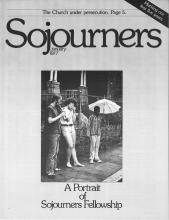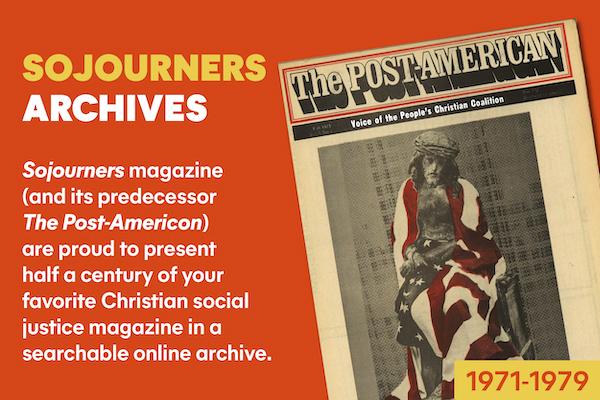As most of our readers probably know, Sojourners magazine originates in Christian community. Since the magazine comes not out of a board, or just a staff, but out of the life we share together in community, it seemed fitting to give our readers a better idea of how that life has developed and to try to paint a portrait of how it presently looks. We have come to feel that Christian radicalism is not something that grows out of our heads, but something that grows out of the lives we share together.
It has become crucial to us to make the vital connection between the healing of the nations as biblically foreseen and the healing of our own lives together. We have given greater attention to the quality of our common life as we have increasingly sensed that the life of the believing community is biblically intended to embody and carry out God’s purposes of justice and reconciliation in history, thereby subverting the present world system with the practical demonstration of a whole new style of life.
Our deepening experience of community, worship, and of a healing relationship one to another has begun to serve as the foundation for the concrete ways we are trying to respond to the basic needs of the urban poor in Washington D.C. Our life together also guides our struggle to find the shape of a prophetic witness through publishing and through our own public life and action.
Read the Full Article

